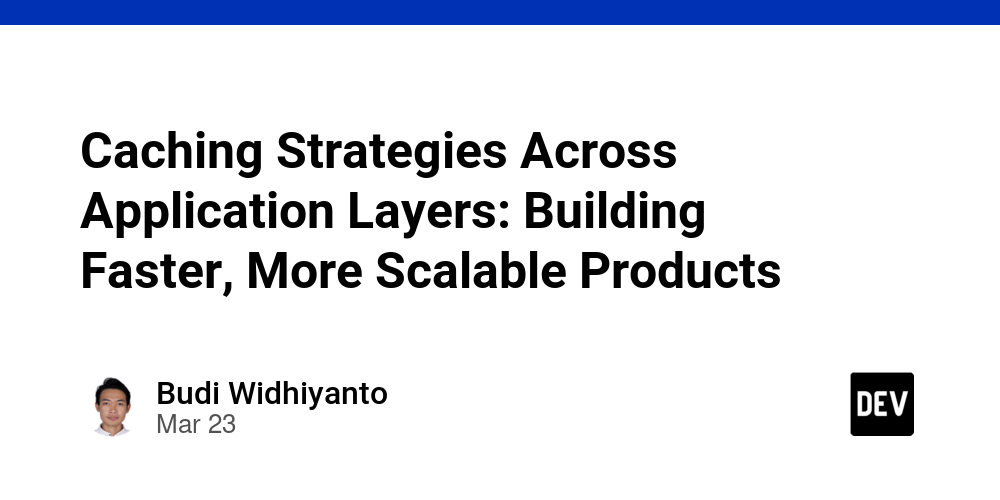AI and Time Series Data: Harnessing Temporal Insights in a Digital Age
Abstract This post explores the powerful synergy between artificial intelligence (AI) and time series data, revealing how transformative insights are unlocked through large-scale machine learning and deep learning models. We dive into the historical context, key technical principles, and innovative applications—from financial forecasting to data monetization through NFTs. The discussion covers core concepts, industry-relevant challenges, and future trends in integrating real-time analytics with decentralized data assets. For developers and tech enthusiasts, this comprehensive guide provides an accessible yet technical overview that matches cutting-edge developments in AI training data and blockchain security. Introduction In today’s world of digital innovation, data is the new oil. Among all data types, time series data—the chronologically ordered sequences obtained from sensors, stock markets, patient monitoring devices, and more—plays a crucial role in predictive modeling. When applied with robust AI methods, time series analysis can forecast trends, detect anomalies, and drive real-time decision-making. This post delves into how AI and time series data work together, the emergence of large time series models such as TimeGPT, and the potential of monetizing these datasets using decentralized methods like Data NFTs. We will also examine the practical evolution of AI training data, along with the substantial market projections, such as the AI market expected to reach US $1.81 trillion by 2030. Background and Context Time series data has existed as long as observable events, but its digital transformation has accelerated over the past few decades. Historically, statistical methods like ARIMA provided basic forecasting by modeling linear trends. However, breakthroughs in AI—most notably machine learning (ML) and deep learning methods like LSTMs—have revolutionized our capability to understand far-more complex and dynamic temporal patterns. The recent emergence of large time series models, such as TimeGPT, builds on transformer architectures similar to those used in large language models. These models are pretrained on massive datasets (sometimes incorporating billions of time points) to generalize across a variety of domains. This paradigm shift also finds complementarity with emerging blockchain innovations where data can be tokenized into Data NFTs, allowing secure ownership and monetization. The ecosystem today is converging advanced modeling techniques with decentralized data economies—a fact that has attracted the interest of industries including finance, healthcare, and energy. For instance, healthcare applications leverage patient vitals as time series data to develop predictive diagnostics while ensuring privacy via blockchain techniques (see Ocean Protocol’s healthcare use cases). Core Concepts and Features Understanding the core concepts behind AI and time series data is crucial for realizing its potential. Here are some key ideas: Time Series Data: Data points collected at regular time intervals. Examples include hourly energy consumption, daily stock prices, or minute-by-minute sensor readings. AI Models for Time Series: Traditional vs. Modern Approaches: Statistical Models: ARIMA focuses on linear trends and seasonality but struggles with non-linearity and large datasets. Deep Learning Models: LSTMs and transformer-based models capture non-linear relationships and manage long-term dependencies more effectively. Large Time Series Models: Models like TimeGPT and Informer leverage pretrained transformer architectures to perform zero-shot predictions across complex datasets. Blockchain and Data NFTs: With the rise of blockchain, datasets can be tokenized. Data NFTs enable secure ownership and monetization of valuable time series data. This process not only ensures data integrity but also opens up innovative revenue streams for businesses and individuals. Below is a comparative table summarizing popular AI tools used for time series analysis: Tool/Model Category Key Features Training Data Relevance TensorFlow Deep Learning LSTM/GRU architectures; scalable; extensive ecosystem Processes a variety of time series datasets Prophet Forecasting Robust seasonal adjustments; handles missing data efficiently Ideal for trend analysis and historical forecasting TimeGPT Large Time Series Pretrained transformer; zero-shot prediction; scales with massive data Built on 100B+ time points, similar to training LLMs Informer Transformer-based Efficient long-sequence forecasting; optimized for large datasets Tackles complex temporal patterns, vital for sensitive training data Applications and Use Cases The convergence of AI and time series data is already yielding practical applications across multiple industries. Here are a few examples: Financial Forecasting and Trading: AI models analyze historical market data to pr
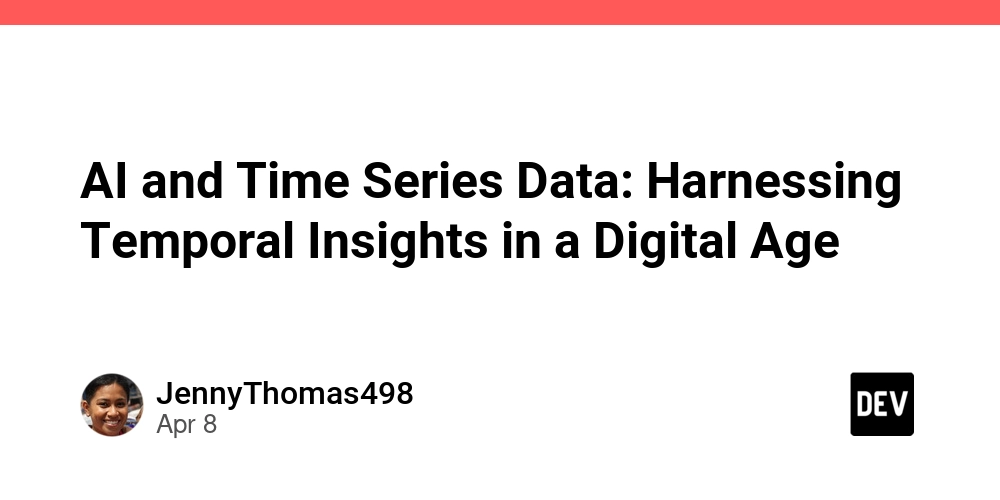
Abstract
This post explores the powerful synergy between artificial intelligence (AI) and time series data, revealing how transformative insights are unlocked through large-scale machine learning and deep learning models. We dive into the historical context, key technical principles, and innovative applications—from financial forecasting to data monetization through NFTs. The discussion covers core concepts, industry-relevant challenges, and future trends in integrating real-time analytics with decentralized data assets. For developers and tech enthusiasts, this comprehensive guide provides an accessible yet technical overview that matches cutting-edge developments in AI training data and blockchain security.
Introduction
In today’s world of digital innovation, data is the new oil. Among all data types, time series data—the chronologically ordered sequences obtained from sensors, stock markets, patient monitoring devices, and more—plays a crucial role in predictive modeling. When applied with robust AI methods, time series analysis can forecast trends, detect anomalies, and drive real-time decision-making. This post delves into how AI and time series data work together, the emergence of large time series models such as TimeGPT, and the potential of monetizing these datasets using decentralized methods like Data NFTs.
We will also examine the practical evolution of AI training data, along with the substantial market projections, such as the AI market expected to reach US $1.81 trillion by 2030.
Background and Context
Time series data has existed as long as observable events, but its digital transformation has accelerated over the past few decades. Historically, statistical methods like ARIMA provided basic forecasting by modeling linear trends. However, breakthroughs in AI—most notably machine learning (ML) and deep learning methods like LSTMs—have revolutionized our capability to understand far-more complex and dynamic temporal patterns.
The recent emergence of large time series models, such as TimeGPT, builds on transformer architectures similar to those used in large language models. These models are pretrained on massive datasets (sometimes incorporating billions of time points) to generalize across a variety of domains. This paradigm shift also finds complementarity with emerging blockchain innovations where data can be tokenized into Data NFTs, allowing secure ownership and monetization.
The ecosystem today is converging advanced modeling techniques with decentralized data economies—a fact that has attracted the interest of industries including finance, healthcare, and energy. For instance, healthcare applications leverage patient vitals as time series data to develop predictive diagnostics while ensuring privacy via blockchain techniques (see Ocean Protocol’s healthcare use cases).
Core Concepts and Features
Understanding the core concepts behind AI and time series data is crucial for realizing its potential. Here are some key ideas:
Time Series Data:
Data points collected at regular time intervals. Examples include hourly energy consumption, daily stock prices, or minute-by-minute sensor readings.-
AI Models for Time Series:
Traditional vs. Modern Approaches:- Statistical Models: ARIMA focuses on linear trends and seasonality but struggles with non-linearity and large datasets.
- Deep Learning Models: LSTMs and transformer-based models capture non-linear relationships and manage long-term dependencies more effectively.
- Large Time Series Models: Models like TimeGPT and Informer leverage pretrained transformer architectures to perform zero-shot predictions across complex datasets.
Blockchain and Data NFTs:
With the rise of blockchain, datasets can be tokenized. Data NFTs enable secure ownership and monetization of valuable time series data. This process not only ensures data integrity but also opens up innovative revenue streams for businesses and individuals.
Below is a comparative table summarizing popular AI tools used for time series analysis:
| Tool/Model | Category | Key Features | Training Data Relevance |
|---|---|---|---|
| TensorFlow | Deep Learning | LSTM/GRU architectures; scalable; extensive ecosystem | Processes a variety of time series datasets |
| Prophet | Forecasting | Robust seasonal adjustments; handles missing data efficiently | Ideal for trend analysis and historical forecasting |
| TimeGPT | Large Time Series | Pretrained transformer; zero-shot prediction; scales with massive data | Built on 100B+ time points, similar to training LLMs |
| Informer | Transformer-based | Efficient long-sequence forecasting; optimized for large datasets | Tackles complex temporal patterns, vital for sensitive training data |
Applications and Use Cases
The convergence of AI and time series data is already yielding practical applications across multiple industries. Here are a few examples:
Financial Forecasting and Trading:
AI models analyze historical market data to predict stock prices, investor sentiment, and trading opportunities. Tokenizing financial time series through Data NFTs facilitates secure data exchange and funding for algorithmic trading projects.Healthcare Diagnostics:
Real-time analysis of patient vital signs can be used to predict critical events. AI models detect subtle anomalies in the time series from wearable devices. Moreover, anonymized health data can be tokenized (see Ocean Protocol’s healthcare use cases) for wider accessibility while protecting patient privacy.Energy Management:
Smart grids and IoT devices generate extensive time series data. AI models, trained on this data, forecast energy consumption, optimize grid performance, and even advance renewable energy integration. Blockchain-backed tokenization further enhances the monetization of sensor data affecting grid stability and energy trading.
Bullet List of Top Time Series Preprocessing Techniques
To ensure high-quality inputs for AI training and NFT valuation, consider employing these preprocessing techniques:
- Smoothing (e.g., moving average) to reduce noise.
- Interpolation to fill missing data gaps.
- Normalization (e.g., min-max scaling) to harmonize data ranges.
- Outlier Detection using statistical methods like Z-score analysis.
Challenges and Limitations
Even with promising opportunities, integrating AI with time series data comes with several challenges:
Data Quality and Integrity:
Noisy, sparse, or inconsistent data severely hinders model performance. Robust preprocessing pipelines are essential to maintain the accuracy of forecasts. The challenge intensifies when datasets are tokenized as NFTs—poor data quality can diminish their market value.Computational Demands:
Massive models such as TimeGPT require significant computational resources for training. Cloud-based platforms and improved transformer efficiency (as seen with models like Informer) help mitigate these demands, but resource allocation remains a critical factor.Privacy and Security Issues:
Sensitive information such as patient vitals or personal financial transactions needs to be handled with care. Techniques like compute-to-data models and encryption protect privacy but also introduce complexity when data is used for AI training or NFT markets. More frameworks, like those referenced in Ocean Protocol’s documentation on decentralized identifiers, are emerging to address these concerns.Legal and Regulatory Hurdles:
Tokenizing datasets as NFTs often raises intellectual property and licensing questions. Clear smart contracts and regulatory frameworks are necessary to inspire trust and boost adoption. As noted by Forbes on NFT intellectual property, legal clarity is key for the sustainable growth of NFT markets.
Future Outlook and Innovations
Looking forward, several trends are set to drive innovation in the intersection of AI and time series data:
Decentralized Data Markets:
Blockchain will continue to democratize access to high-quality time series data by enabling direct peer-to-peer exchanges. As more data is tokenized into NFTs, decentralized marketplaces may become the standard for acquiring training data.Synthetic Time Series Data:
Advanced AI can generate synthetic datasets that mimic real-world temporal patterns. Synthetic data can both complement actual data and mitigate privacy risks while broadening the scope for training capabilities.Advancements in Model Efficiency:
As computational techniques evolve, expect new transformer-based models that require less energy and computing power. This will allow faster iterations and real-time applications across various industries.Integrated NFT-AI Ecosystems:
Future platforms might seamlessly combine AI analysis with NFT marketplaces. This integration will streamline data curation, validation, and monetization, creating an ecosystem where data not only fuels AI but also generates revenue streams for contributors.Regulatory Maturation:
As governments and standardization bodies gain clarity on blockchain and NFT regulations, confidence in these systems will grow, paving the way for widespread adoption in both commercial and public sectors.
Summary
AI and time series data together catalyze a revolution in analytics and decision-making. The integration of large models like TimeGPT with valuable, tokenized datasets is transforming industries—from financial trading to renewable energy management and healthcare diagnostics. While challenges such as data quality, high computational demands, and privacy concerns exist, ongoing innovations and the evolving regulatory landscape promise to surmount these obstacles.
Emerging trends like decentralized data markets, synthetic time series generation, and enhanced NFT-based monetization models underline the vibrant future awaiting AI-driven predictive analytics. For developers and industry leaders, familiarizing yourself with tools like TensorFlow, Prophet, and Nixtla’s TimeGPT is crucial to stay ahead in this dynamic field.
For more in-depth information, check out the original article on AI and Time Series Data: Harnessing Temporal Insights and explore additional discussions on blockchain, NFTs, and decentralized data management in the open-source community on sites like License Token.
Additional Resources from the Community
Here are a few resources from the broader open-source and blockchain community that provide further insight into ethical funding models, scalability challenges, and innovative licensing:
- Mastering the Money Matters of Open Source: Navigating the Financial Landscape
- Unveiling Sissl: A New Era in Open Source Fairness
- License Token NFTs: Reshaping Digital Rights Management
Concluding Remarks
The intersection of AI and time series data represents a paradigm shift in how industries leverage digital insights. By integrating advanced deep learning models with robust data preprocessing and blockchain-based monetization strategies, we are witnessing the rise of a powerful, decentralized analytical framework. While challenges remain, the path forward is illuminated by ongoing innovation, regulatory advancements, and the passion of a global community determined to revolutionize data ownership and analysis.
For anyone involved in software development, machine learning research, or blockchain-driven data ecosystems, these developments mark both a technological and economic opportunity—ensuring that the incredible potential of time series data, harnessed by AI, continues to drive innovation well into the future.
Embrace the convergence of AI, data, and decentralized technologies to unlock insights and create sustainable, revenue-generating models that redefine industries across the globe.
Keywords used in this post include: time series data, AI training, Data NFTs, predictive analytics, blockchain integration, large time series models, decentralized data markets, synthetic data, AI monetization, and open-source funding.
These keywords help in optimizing content for search engines while ensuring that both technical experts and enthusiasts are engaged through an accessible explanation of complex concepts.
Happy innovating!




































































![New iOS 19 Leak Allegedly Reveals Updated Icons, Floating Tab Bar, More [Video]](https://www.iclarified.com/images/news/96958/96958/96958-640.jpg)
![Apple to Source More iPhones From India to Offset China Tariff Costs [Report]](https://www.iclarified.com/images/news/96954/96954/96954-640.jpg)
![Blackmagic Design Unveils DaVinci Resolve 20 With Over 100 New Features and AI Tools [Video]](https://www.iclarified.com/images/news/96951/96951/96951-640.jpg)
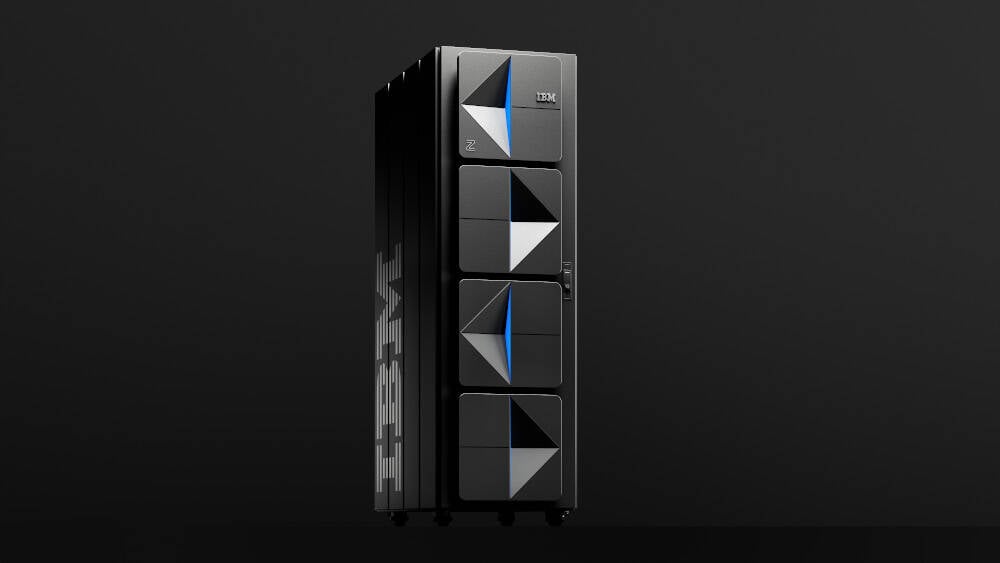
















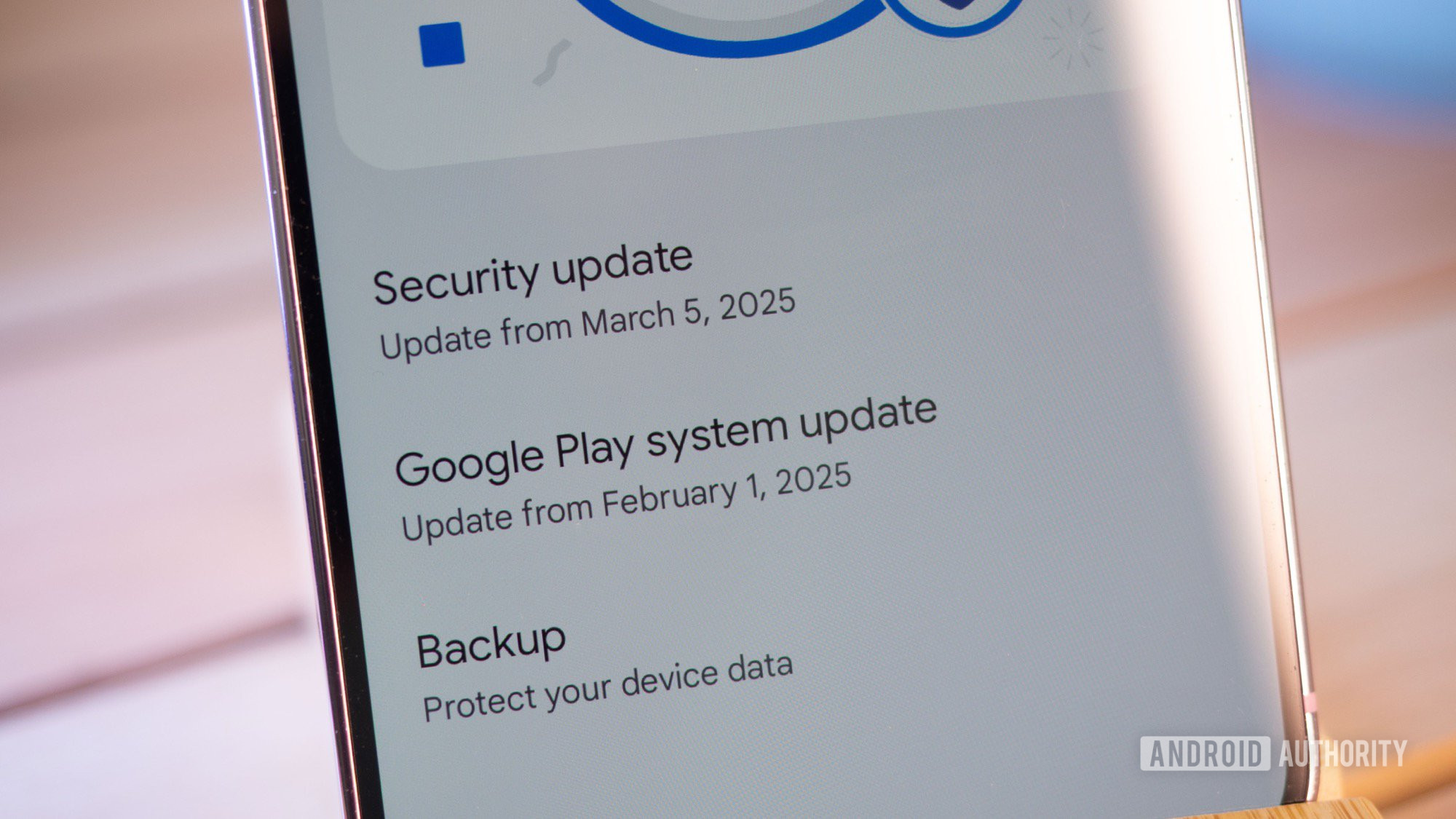
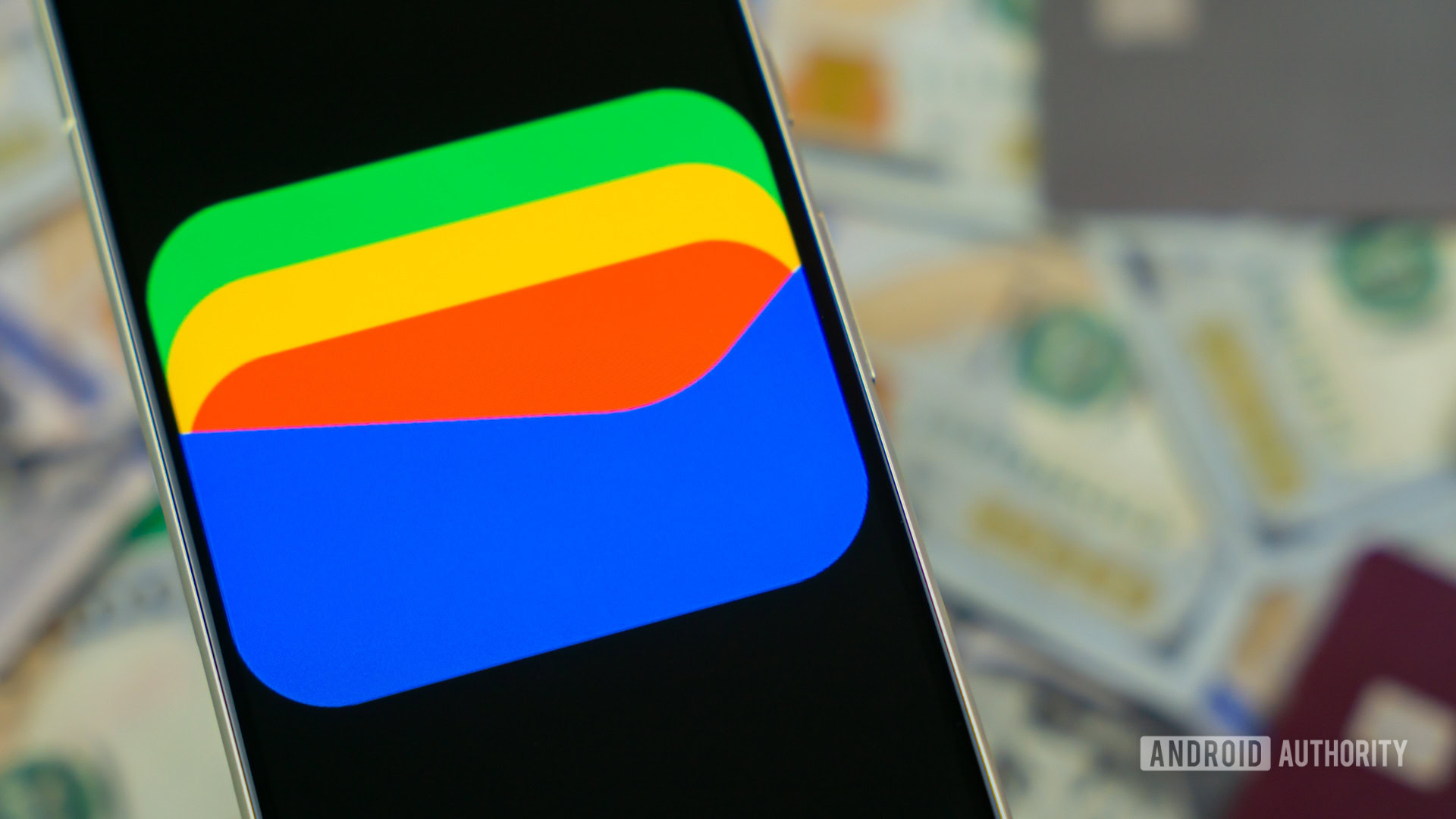








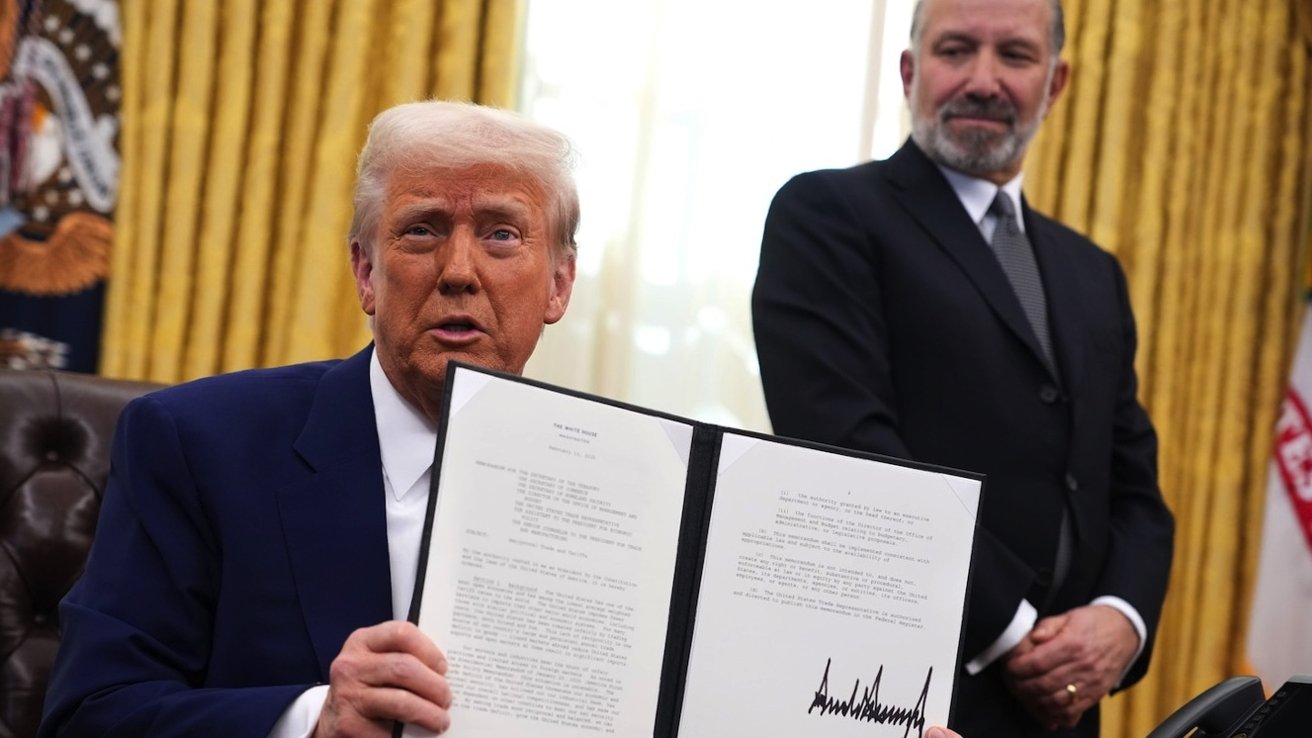





































































.webp?#)
.webp?#)
.webp?#)




_NicoElNino_Alamy.png?#)




























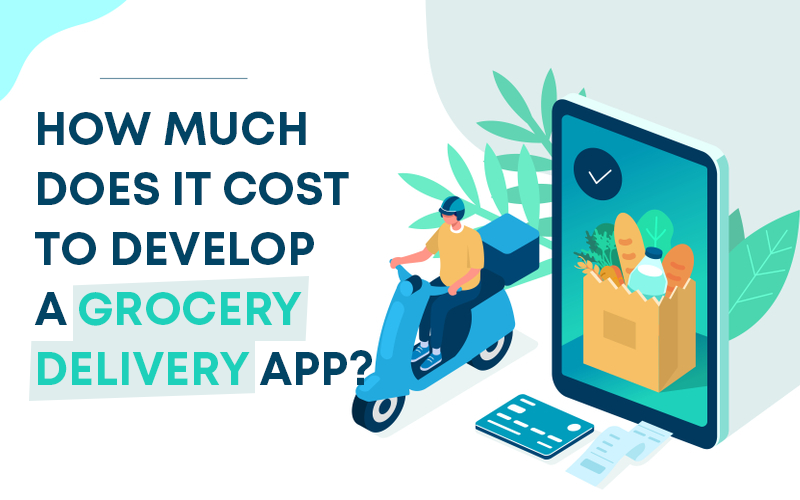












































![[The AI Show Episode 142]: ChatGPT’s New Image Generator, Studio Ghibli Craze and Backlash, Gemini 2.5, OpenAI Academy, 4o Updates, Vibe Marketing & xAI Acquires X](https://www.marketingaiinstitute.com/hubfs/ep%20142%20cover.png)




























































































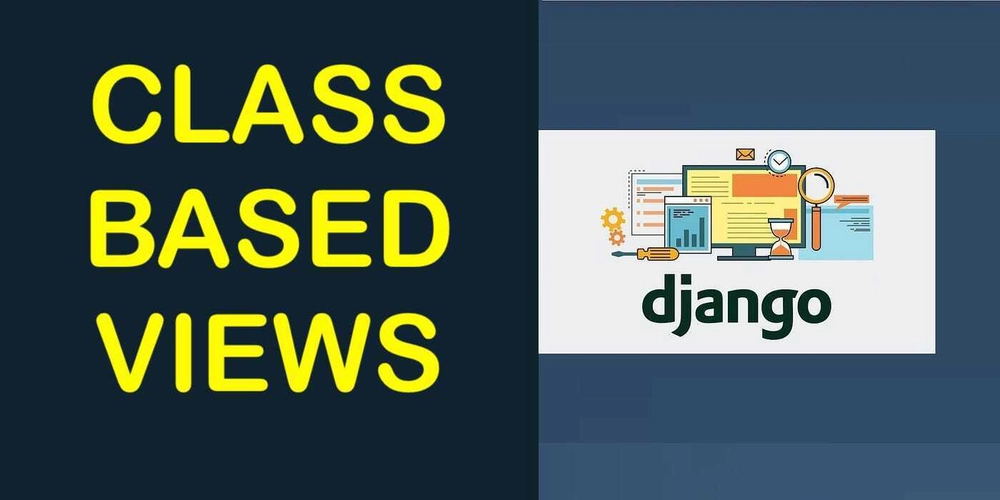
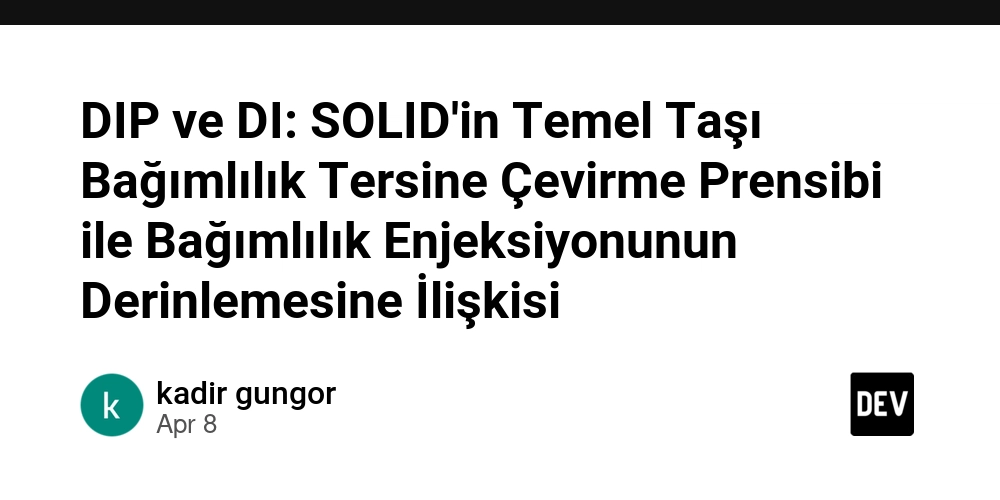
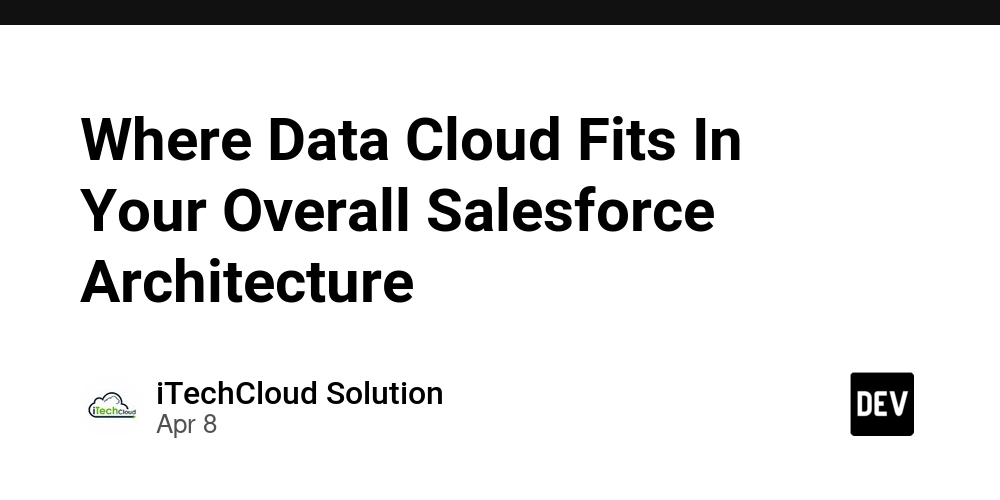
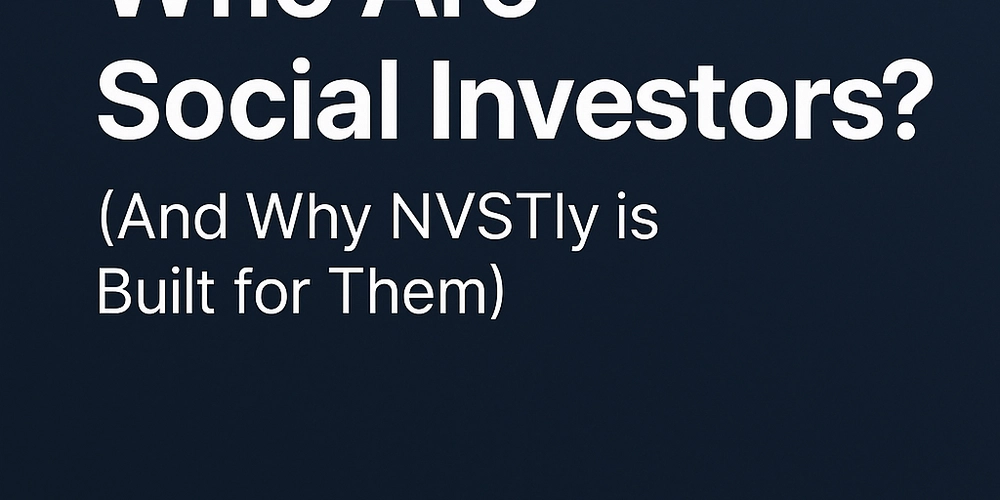





































![From drop-out to software architect with Jason Lengstorf [Podcast #167]](https://cdn.hashnode.com/res/hashnode/image/upload/v1743796461357/f3d19cd7-e6f5-4d7c-8bfc-eb974bc8da68.png?#)



























OSAMU-NAKAMURA.png?width=1920&height=1920&fit=bounds&quality=80&format=jpg&auto=webp#)

-Mouse-Work-Reveal-Trailer-00-00-51.png?width=1920&height=1920&fit=bounds&quality=80&format=jpg&auto=webp#)


























































